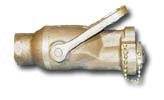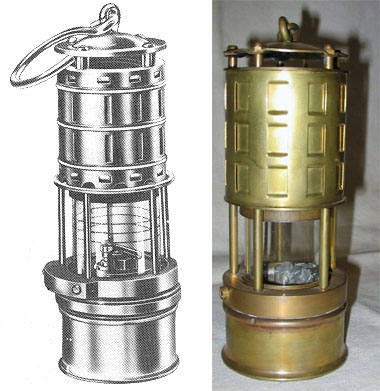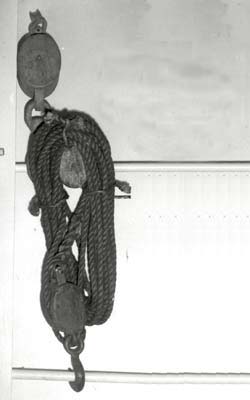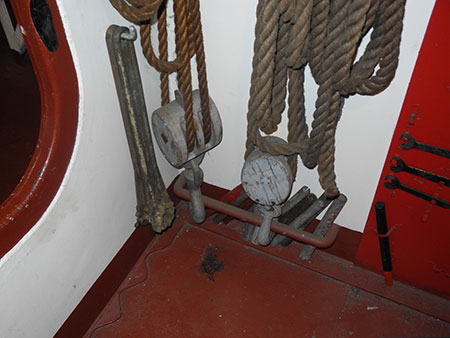 |
 |
 |
 |
| HOME |
| ABOUT US |
| PARTICIPATE |
| COLLECTIONS |
| DC EQUIPMENT MUSEUM |
| SHIP&SUBMARINE MUSEUM |
| WW II DAMAMGE REPORTS |
| SHIPBOARD CASUALTIES |
| DAMAGE CONTROL MUSEUM |
| DC EQUIPMENT Museum |
| Damage Control Equipment |
| Block and Tackle |
| The block and tackle, also known as the block and falls, was
designed to change the direction of force and to create a
mechanical advantage for Sailors. One of two basic types of lift
and hoist equipment, it was added to the repair locker hull
outfitting list in the late 1930s. The second type was the chain
falls. The block and tackle was not as easy to operate as the chain falls. It had several more variables and parts, and the long manila line made it cumbersome to haul up and down decks in the narrow ladder wells. Nevertheless, there were still many situations in which it was necessary to be used. The lift capability of the block and tackle was not as specific as the chain falls; it depended on the rig set up. In some cases, additional rigging materials were obtained from the ship’s deck department. A jigger was installed in the rig to gain a mechanical advantage in lift capability and to set up the necessary rigging in order to conduct repairs. The block and tackle was fabricated from two metal blocks -- one single and one double -- and 300 feet of 1 ¾-inch nylon rope. The nylon rope had a minimum break strength of 7,800 pounds during WWII and before. The rigging usually had 20 fathoms of 2-inch manila line attached in the tackle rig, usually fitted with sister hooks and the single block, which was fitted with a plain hook. The block was hooked to the weight to be hoisted using a wire rope strap with eyes spliced in each end, and the double block was clasped on the rope with a jigger attached. With the rig in this position, a pull on the jigger multiplied to about three times as much as the single block. Its lift capacity depended on the rig set up. For example, a Sailor pulling 150 pounds was able to lift a weight of 450 pounds; this was more than enough to lift a ¼-inch thick by 4- by 4-foot piece of steel plate, or to move a P-500 pump one or two decks or within a trunk. |
 |
 |
| For more information, see the Index. |